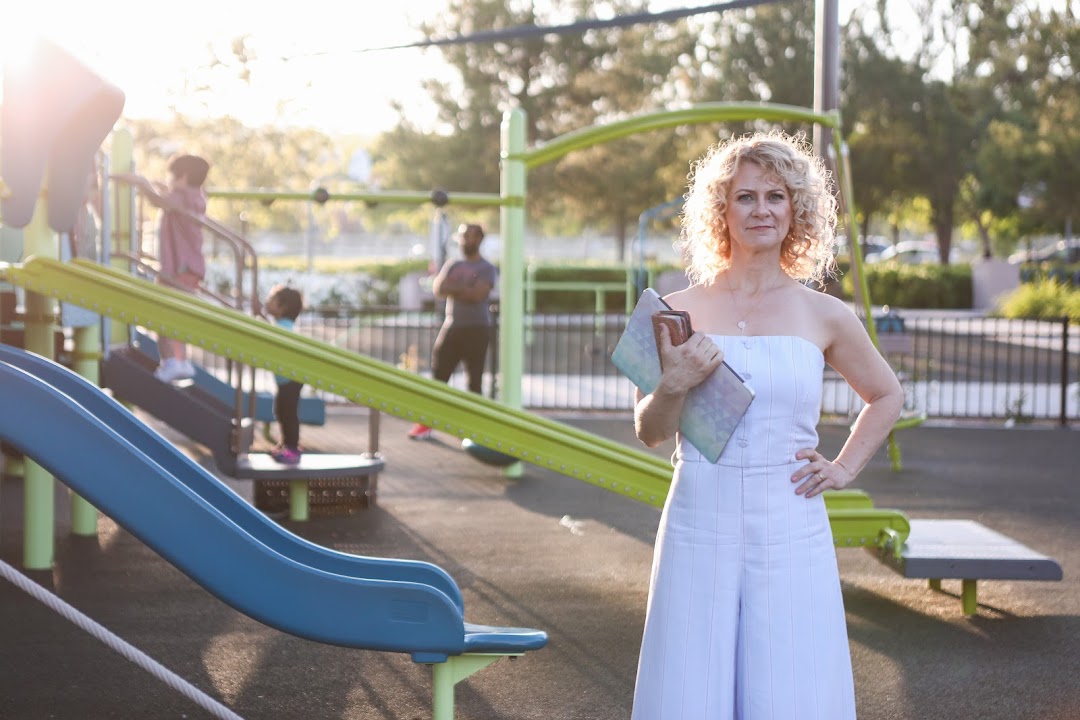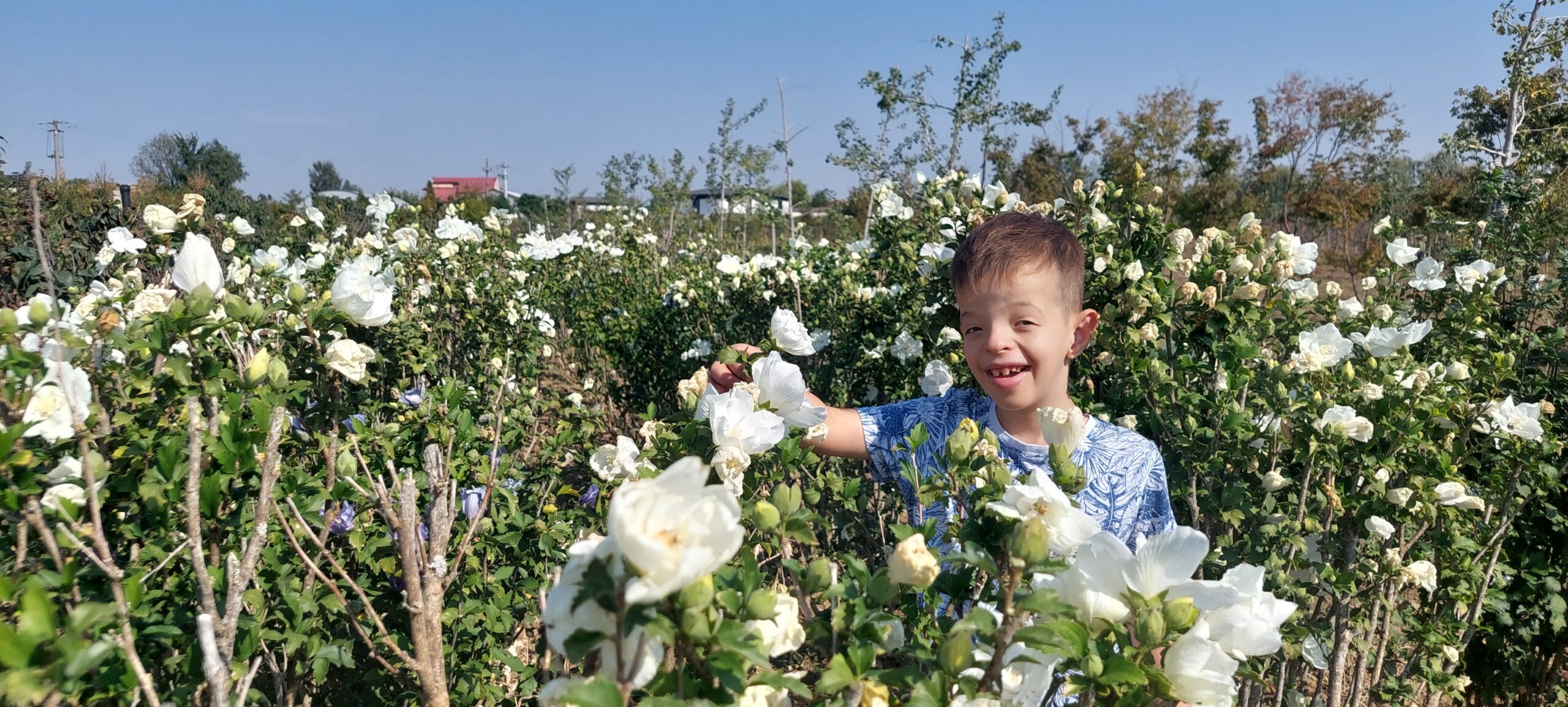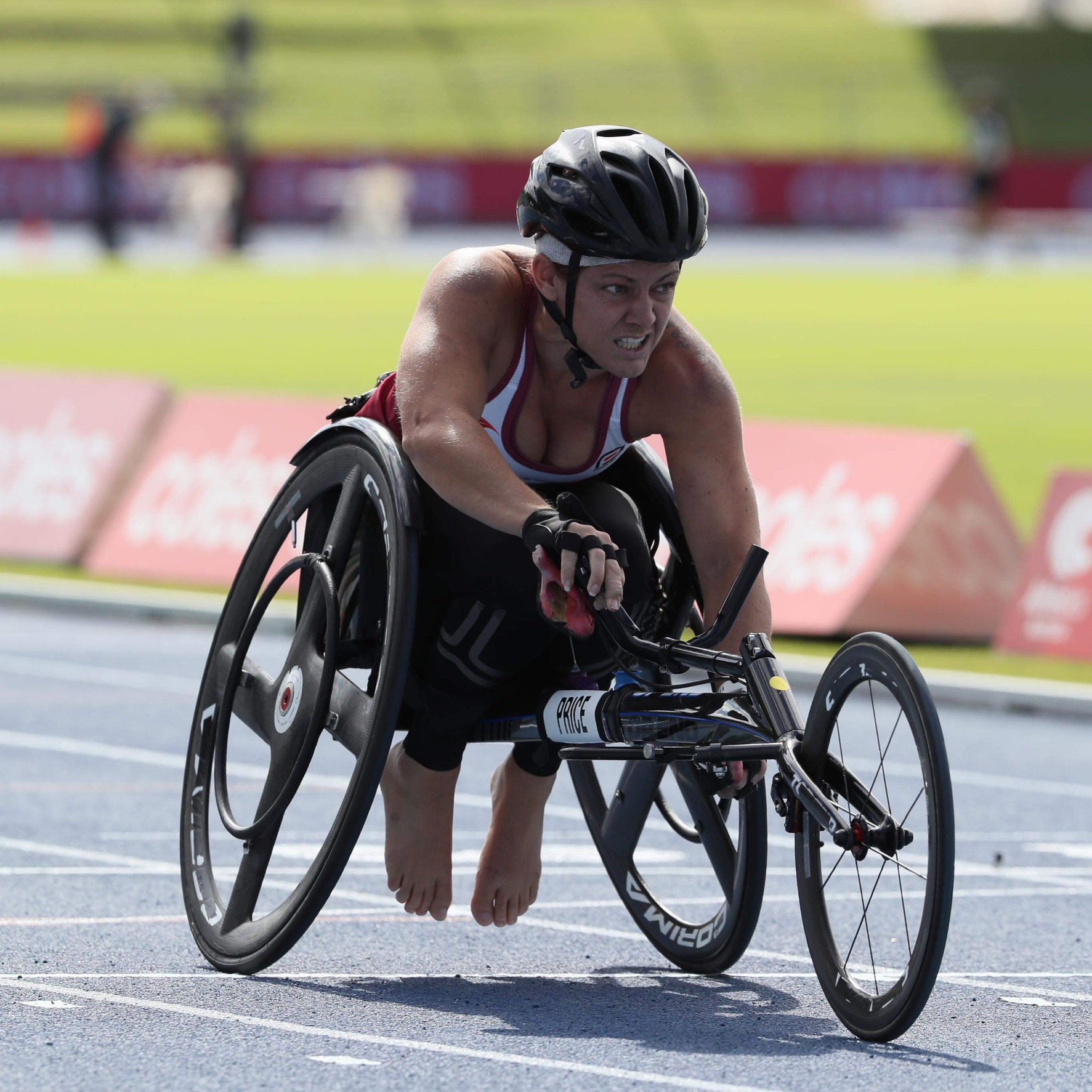My family’s encounter with antimicrobial resistance
In 2011 I was expecting twins. At week 25 my water broke, and I was admitted to the hospital, where doctors found out I had an infection. I was given antibiotics for the first two days, and I was bedridden for the following three weeks with different complications. The twin girls, Freya and Kirsty, were born at week 28 + 5. Despite being three months prematurely born, they only needed Continuous Positive Airway Pressure (CPAP) and were admitted to the Neonatal intensive care unit (NICU), to get some extra help with breathing in the incubators.
On day four Kirsty wasn’t feeling well. She was showing signs of stress and a few hours later the doctors called me, informing me that Freya was having the same problem. As days passed, Kirsty and Freya got worse, and the doctors tried to find out what the problem was. Freya was seriously ill, and Kirsty got worse each day that passed. All I could do was stand by their incubators, talk to them, hoping they would get better. I was no longer allowed to have Kirsty lying on my chest as she was very ill. Parents and other children in the same hall had to take tests to see if there was some sort of infection spreading in the NICU. We would get the answer within five days.
On day seven the doctors said that Kirsty had sepsis and that her condition was very serious and that they weren’t sure if she’d survive. She was swollen, lying in her incubator and I wasn’t allowed to touch her as any touch would cause her pain. That night the doctor told us that we had to turn off the life support machine. The sepsis had spread to her whole body apart from the brain and the chances of surviving were zero.
Eight-day-old Kirsty took her last breath, lying on my chest, as I was singing “Twinkle Twinkle little star” for her. From that moment my life was divided into “before” and “after”. Life had forever changed. I was later told that the last sense that disappears when dying is hearing, so I was very happy knowing that she could hear me singing when she died, knowing I was there for her until the very end.
Later we found out that I had been infected with ESBL klebsiella pneumoniae, which my daughters contracted when they were born, which ended with sepsis. Many children had been infected within the room with ESBL klebsiella pneumoniae, but Kirsty was the only baby who died.
Freya fought on in NICU, she was allowed to leave the hospital so she could attend her twin sister’s funeral, and after three months we were allowed to bring her home. I had PTSD and took care of her 24/7 as well as her three-year-old big sister, but it took me years to recover from PTSD.
People affected by antimicrobial resistance are often so struck by grief and trauma that they just don’t find the voice to talk about it. Antimicrobial resistance is one of the most dangerous threats to society. Our politicians and decision makers must place this silent pandemic higher on the agenda and look for solutions to it if we are to have a chance to prevent and address it properly. To do so, a wider use of medical technologies by healthcare professionals is needed. Diagnostic tools can help detect infections earlier and more accurately. This would help doctors avoid unnecessary prescriptions of antibiotics, decreasing the chance of bacteria becoming resistant and leading to fewer cases like mine.






